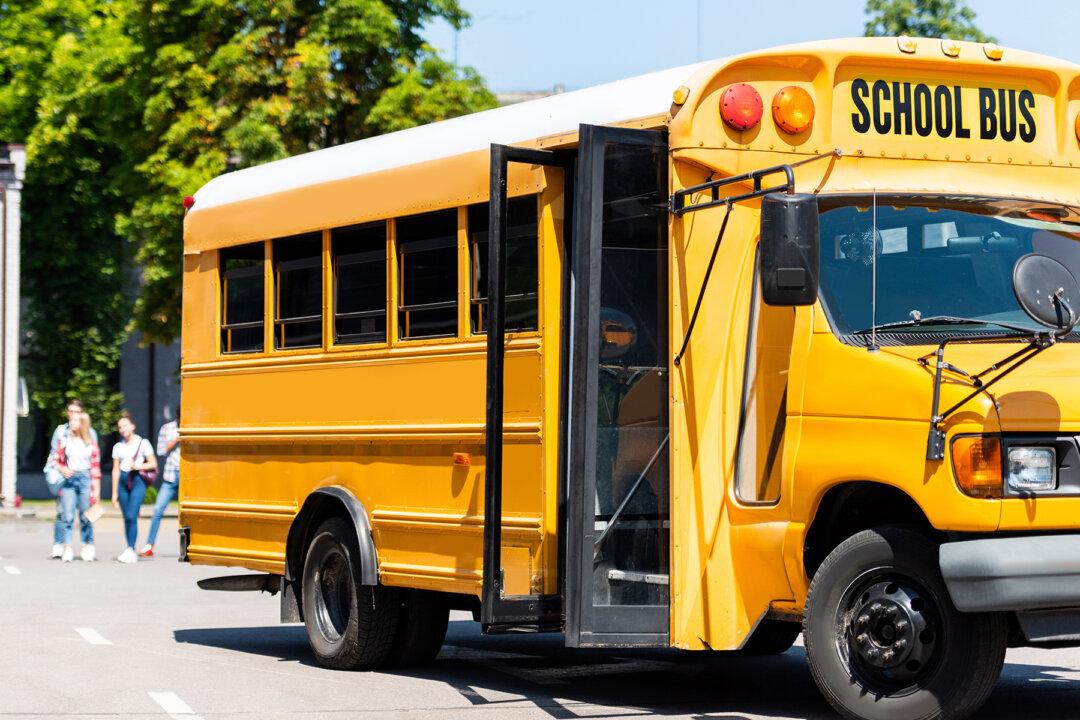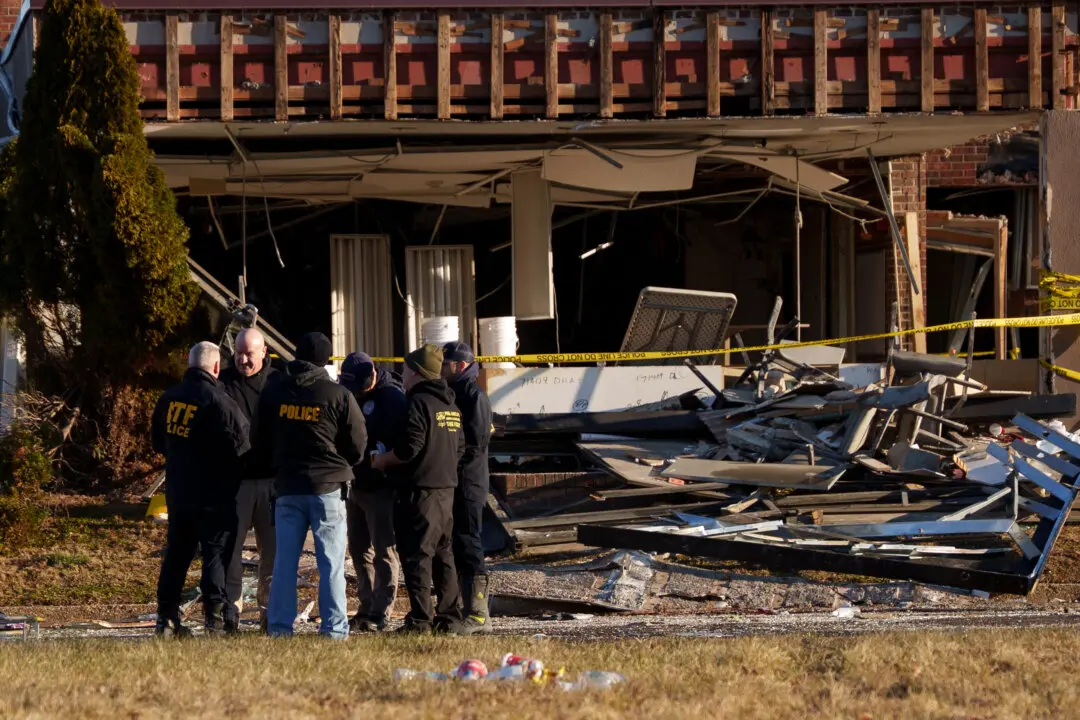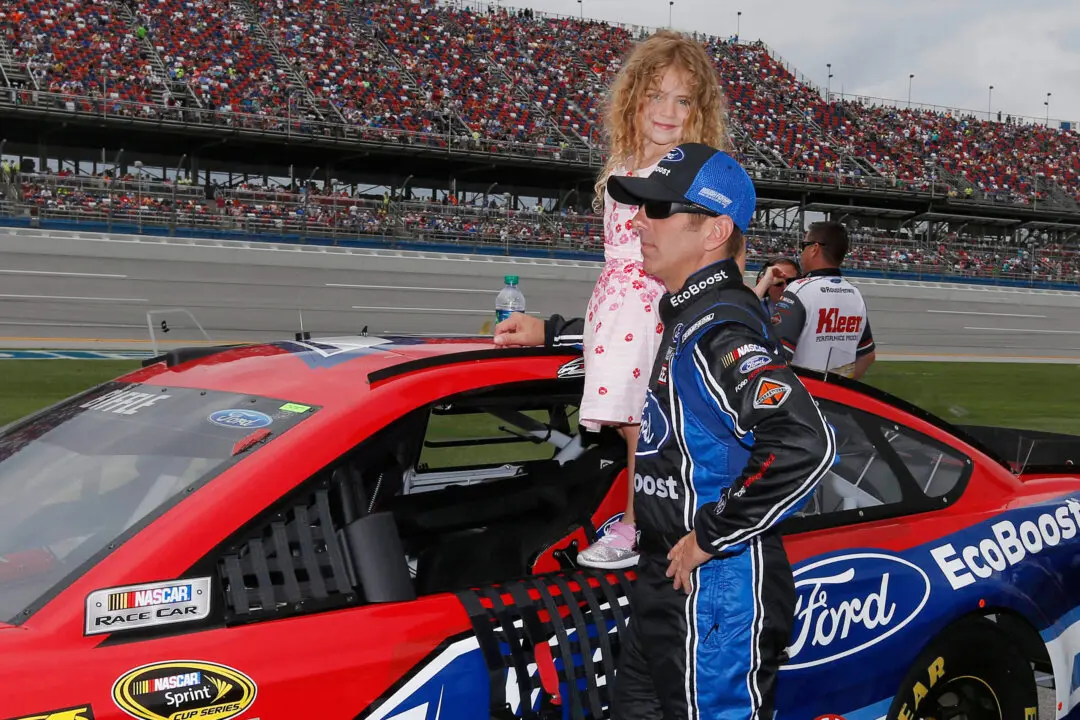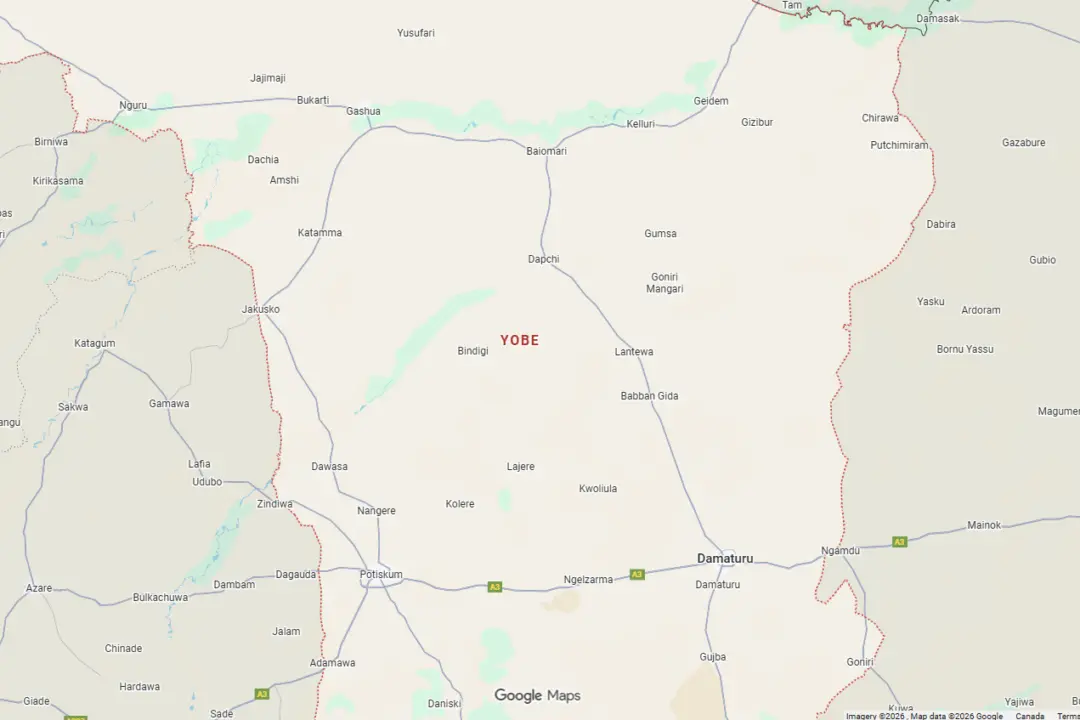For several years, the Miami-Dade County Public schools had toyed with replacing some of its 1,000 diesel buses with cleaner electric vehicles. But school leaders said the change would be too costly.
Then 12-year-old student Holly Thorpe showed up at a school board meeting to tout the benefits of going electric and returned to encourage the district to apply for a state grant.





